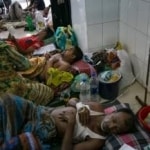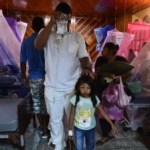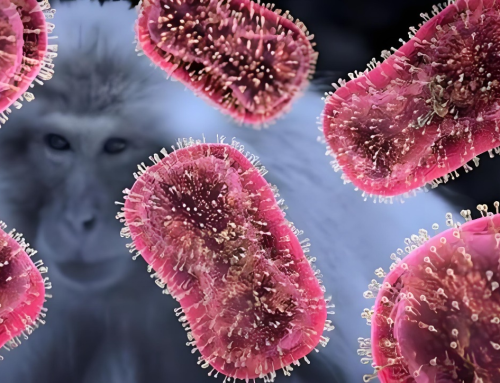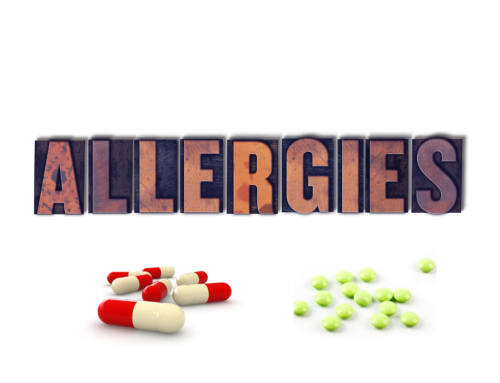Yellow Fever, Malaria, Dengue Fever are all serious infectious disease and are mostly prevalent in tropical and subtropical regions such the United States and Africa. In clinical presentation, the symptoms of the three are very similar and it is difficult to distinguish them. So what are their main similarities and differences? Here is a summary:
- Pathogen
Common:
All of them are serious infetious disease, mainly endemic and outbreak in tropical and subtropical countries and regions such as Africa and the Americas with warm climates.
Difference:
Yellow Fever is an acute infectious disease caused by yellow fever virus, which mainly infects monkeys and humans.
Malaria is a deadly and serious disease caused by parasites of the genus plasmodium, including plasmodium falciparum, plasmodium malariae, plasmodium ovale, plasmodium vivax, and plasmodium knowlesi.
Dengue Fever is an acute infectious disease caused by the dengue virus, which is transmitted to human by mosquitoes
- Disease symptom
Common:
Most patients may have only mild symptoms, with fever, muscle aches, headache, loss of appetite, and nausea/vomiting. Its complications can have serious consequences and increase disease mortality.
Difference:
Most mild cases of Yellow Fever improve, and the symptoms resolve after 3 to 4 days. Patients generally develop immunity after recovery and are not reinfected. Complications may include high fever, jaundice, bleeding, shock, and multiple organ failure.
Malaria is also characterized by chills, cough, and diarrhea. Complications include anemia, cramps, circulatory failure, organ failure (e.g., renal failure), and coma.
Following Dengue Fever, retro-orbital pain, swollen lymph nodes, and rash developed. The first infection with Dengue fever is generally mild and will develop lifelong immunity to this serotype of the virus after recovery. Its complications of severe Dengue fever are serious and can lead to death.
- Transmission Routine
Common:
Mosquitoes bite sick people/animals and spread the virus to other people or animals through their bites.
Difference:
Yellow Fever virus spreads through the bite of infected Aedes mosquitoes, mainly Aedes aegypti.
Malaria is transmitted by infected female malaria mosquitoes ( also known as Anopheles mosquitoes). Malaria does not spread in person-to-person contact, but can spread through the infusion of contaminated blood or blood products, organ transplants, or sharing needles or syringes.
Dengue Fever is transmitted to humans through the bite of female Aedes mosquitoes carrying the Dengue virus.
- Incubation period
Yellow Fever: About 3 to 6 days
Malaria: The incubation period varies with the different plasmodium species causing the disease. Symptoms usually appear between 7 and 30 days after the bite of an infected anopheles mosquito, but the incubation period can last for months or longer
Dengue Fever: The incubation period is 3 to 14 days, usually 4 to 7 days.
- Treatment methods
Common:
Patients must receive isolation treatment to avoid mosquito bites and spread the virus to others.
Difference:
Yellow Fever is currently not treated with specific therapeutic agent. Treatment methods is mainly to relieve symptoms.
Malaria has drugs that currently effectively treated, and early diagnosis and treatment are particularly important for the complete cure of malaria.
There is no treatment for Dengue Fever and sever Dengue Fever. People with Dengue usually recover spontaneously, and symptom therapy can help relieve discomfort. Patients with sever Dengue must receive timely supportive treatment, and the main purpose of treatment is to maintain the operation of the blood circulation system. As long as there is appropriate and timely diagnosis and treatment, the mortality rate of severe Dengue fever is less than one percent.
- Prevention Methods
1、Methods to prevent mosquito-borne diseases
Wear loose, light-coloured, long-sleeved tops and trousers, and apply insect repellent containing DEET to exposed skin and clothing;
Taking other outdoor precautions;
Avoiding scented makeup or skin care products;
Reapply insect repellent as directed;
2、 Preventing mosquitoes breeding
Prevent hydrops;
Change the vase once a week;
Avoid basins;
Tightly capped water storage vessel;
Ensure there is no water in the chassis of the air cooler;
Put the used jars and bottles in the covered garbage bin;
Avoid mosquito breeding;
Food should be stored properly and rubbish should be disposed;
Insect repellents containing repellents containing repellent amines may be administered to pregnant women and children 6 months of age or older;
Yellow Fever:https://www.bio-mapper.com/product/yellow-fever-3/
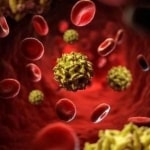

Malaria:https://www.bio-mapper.com/product/malaria/
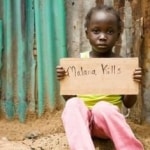
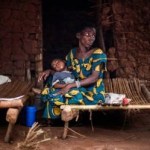
Dengue Fever:https://www.bio-mapper.com/product/elisa-bulk-for-tropical-disease/
